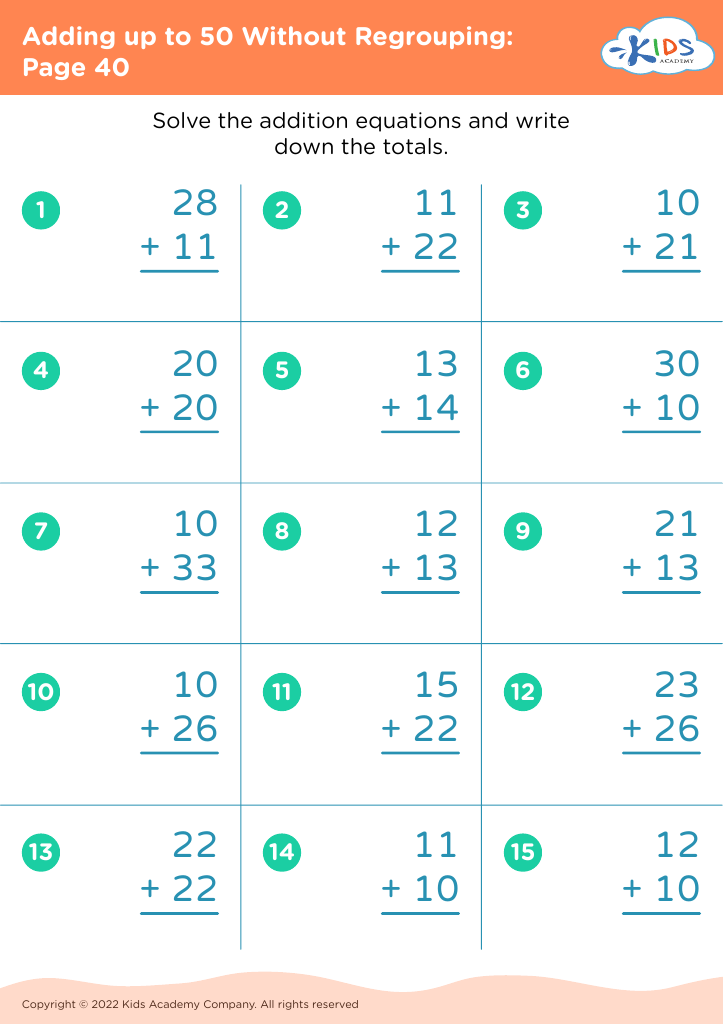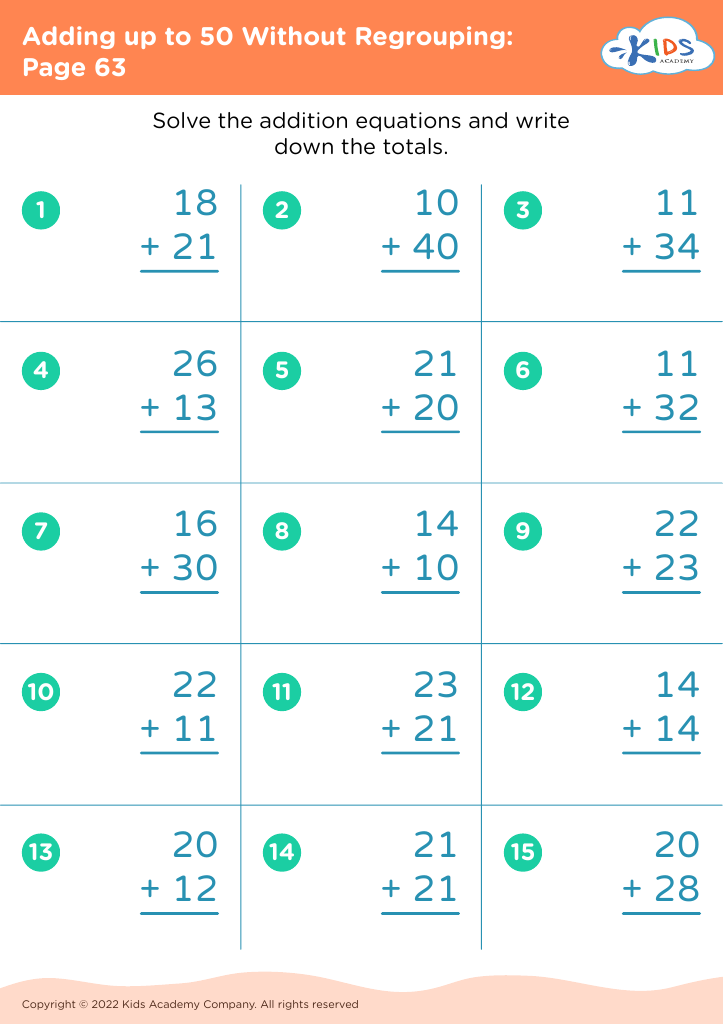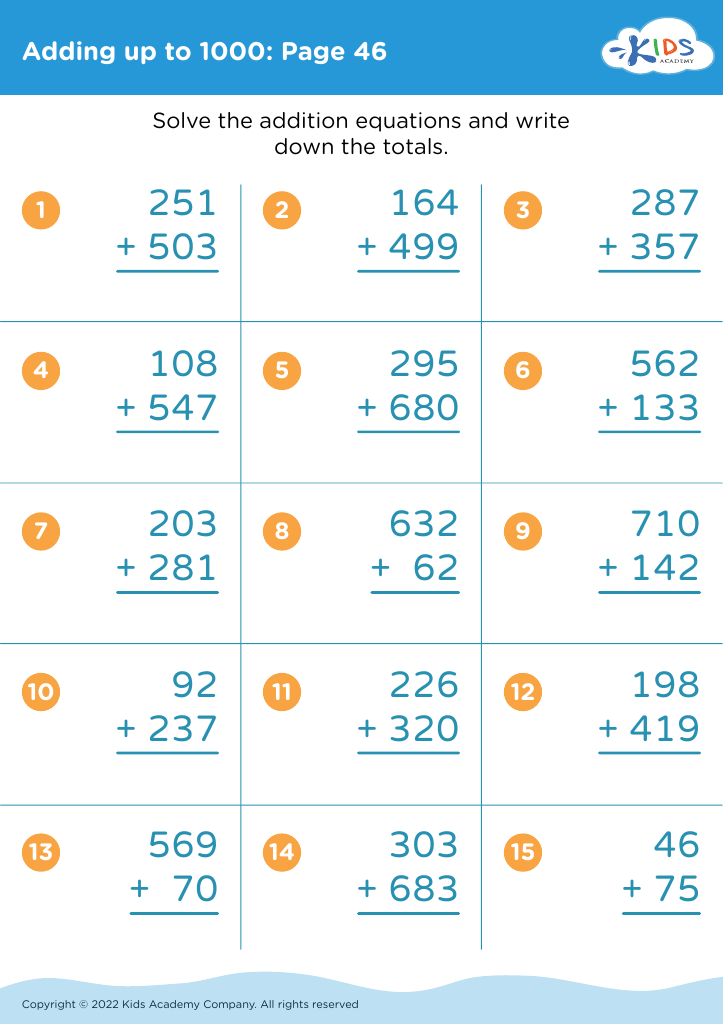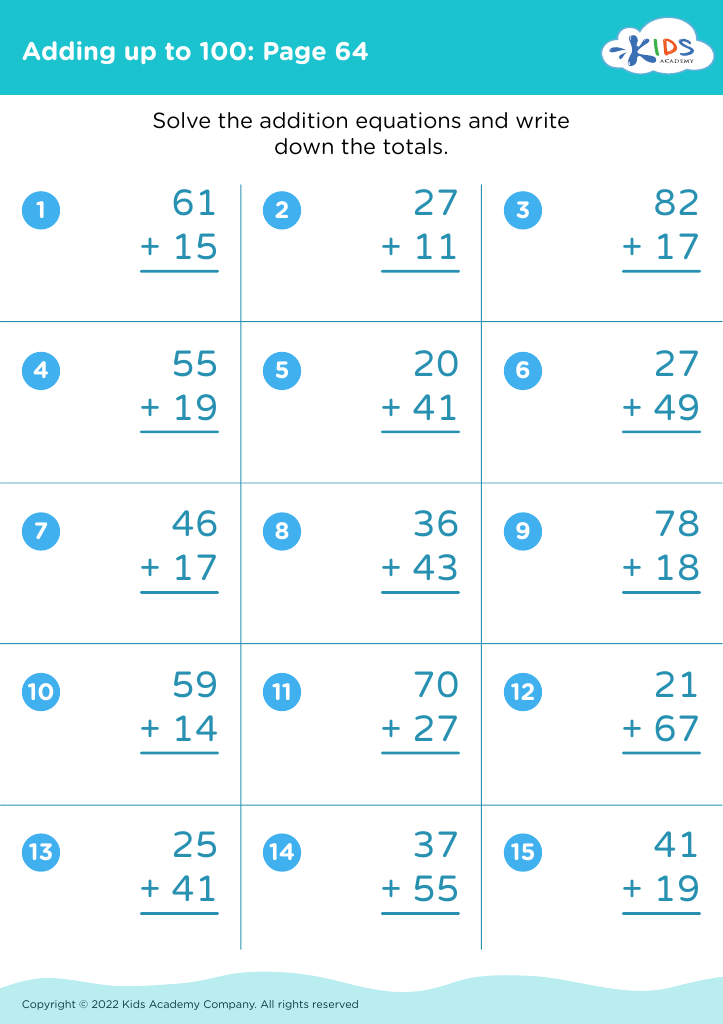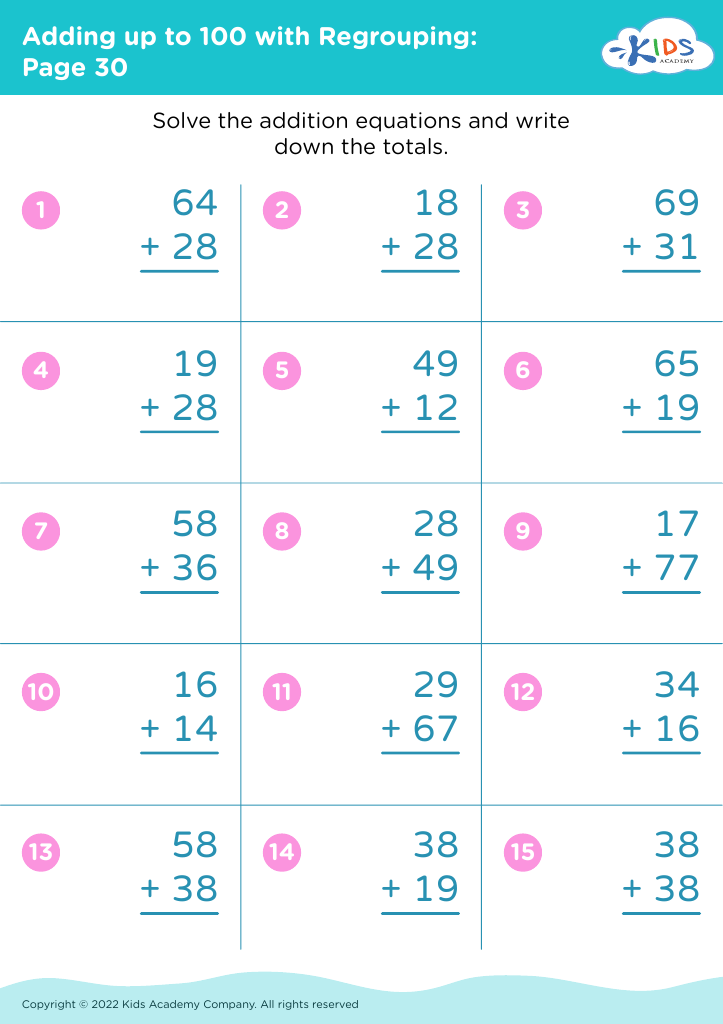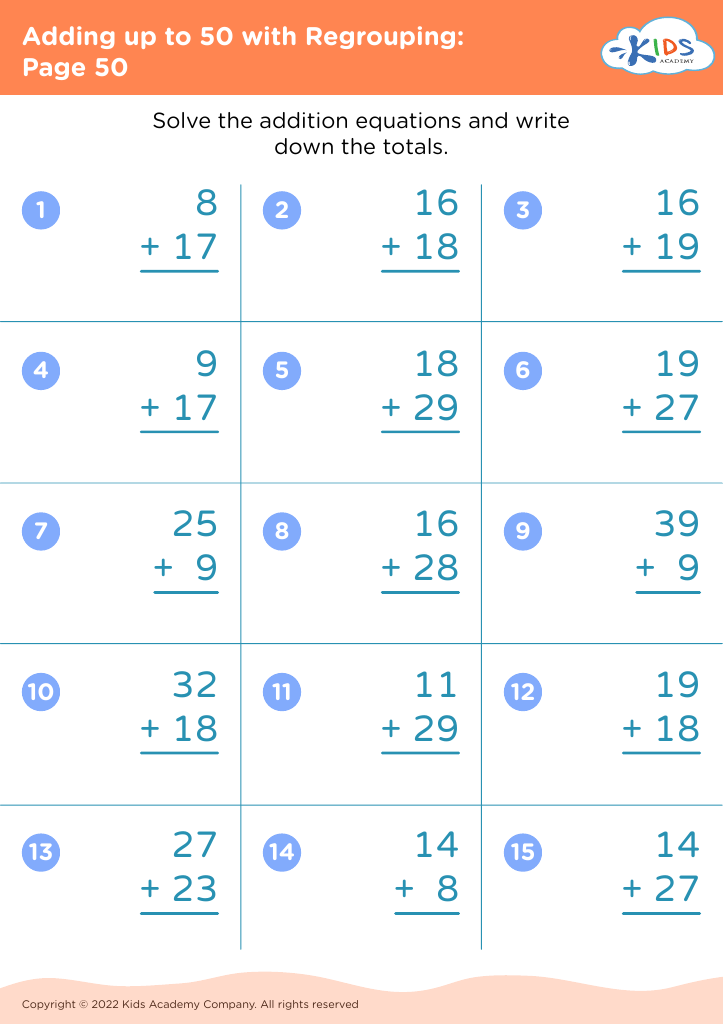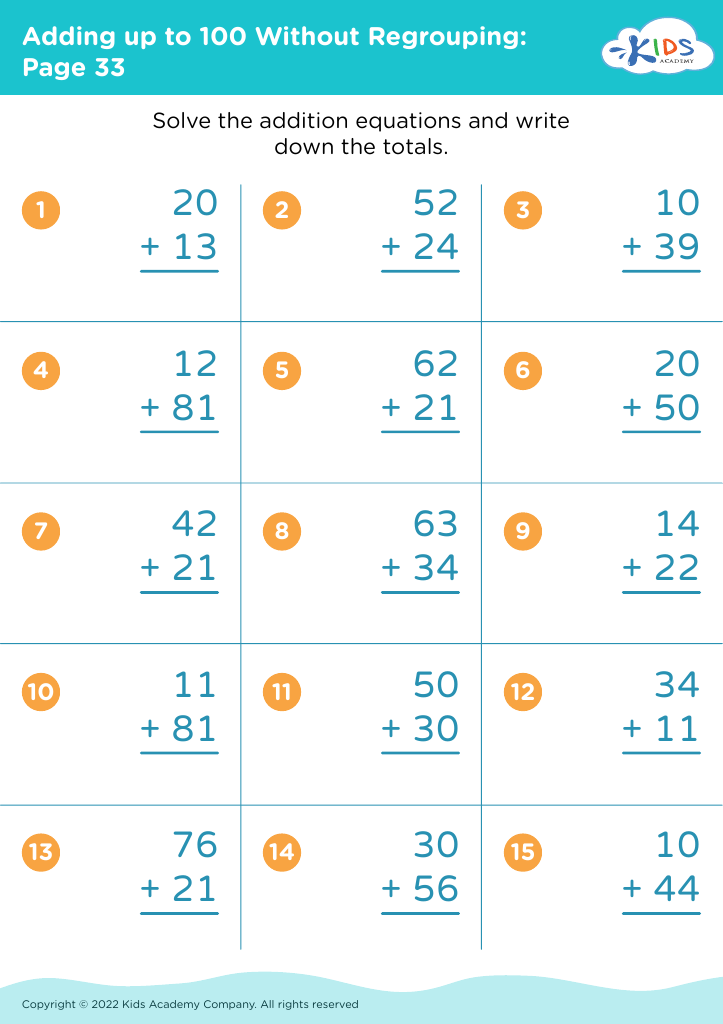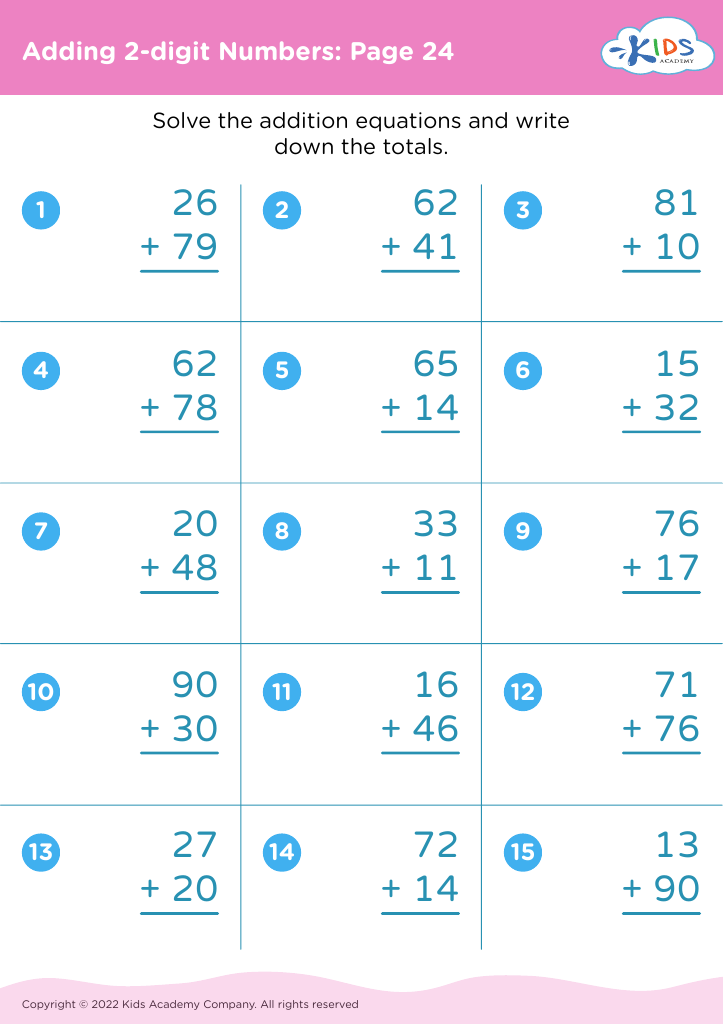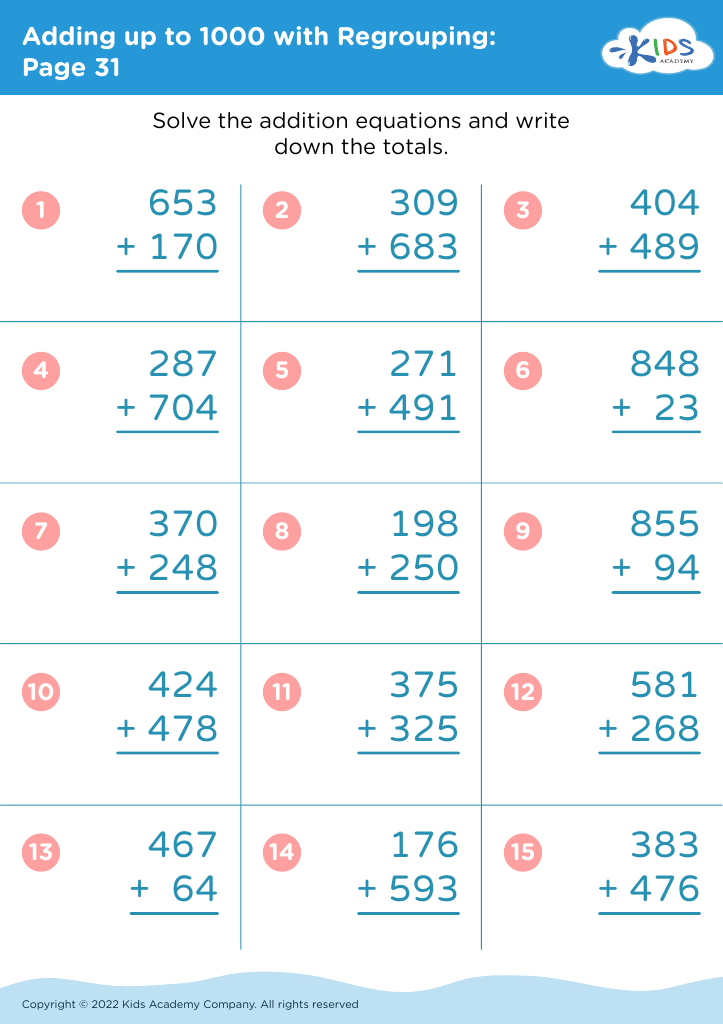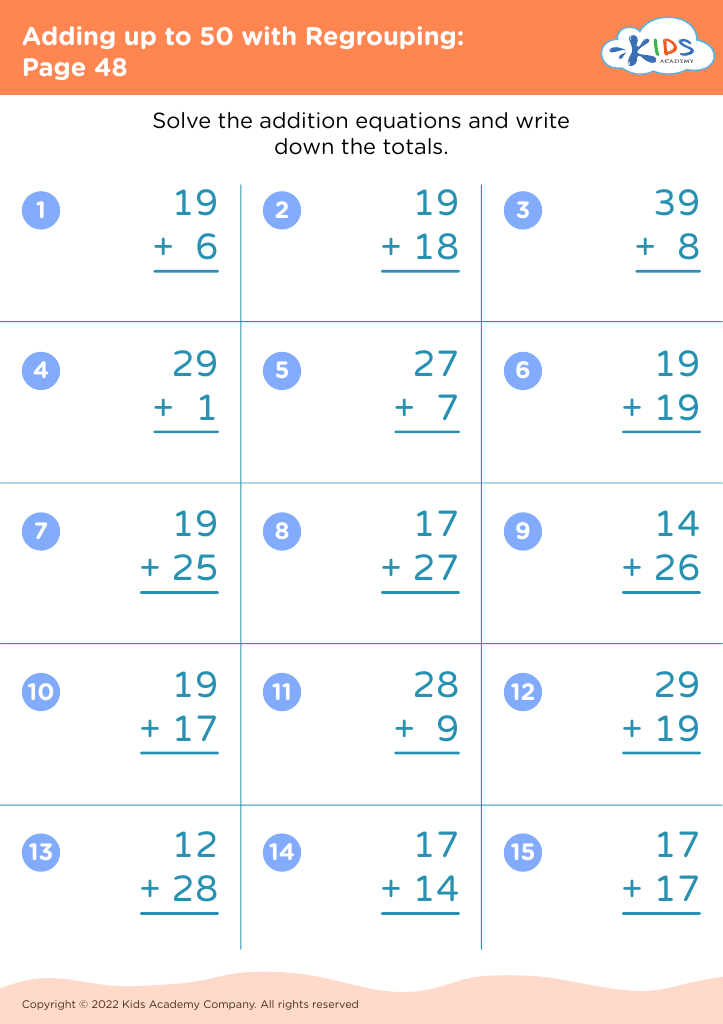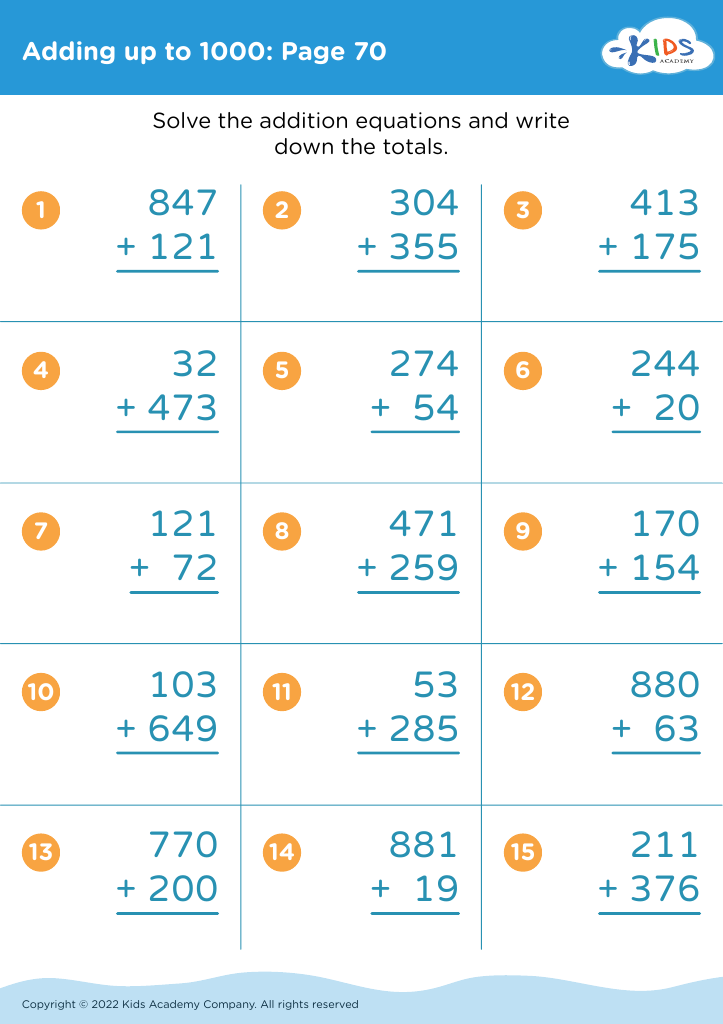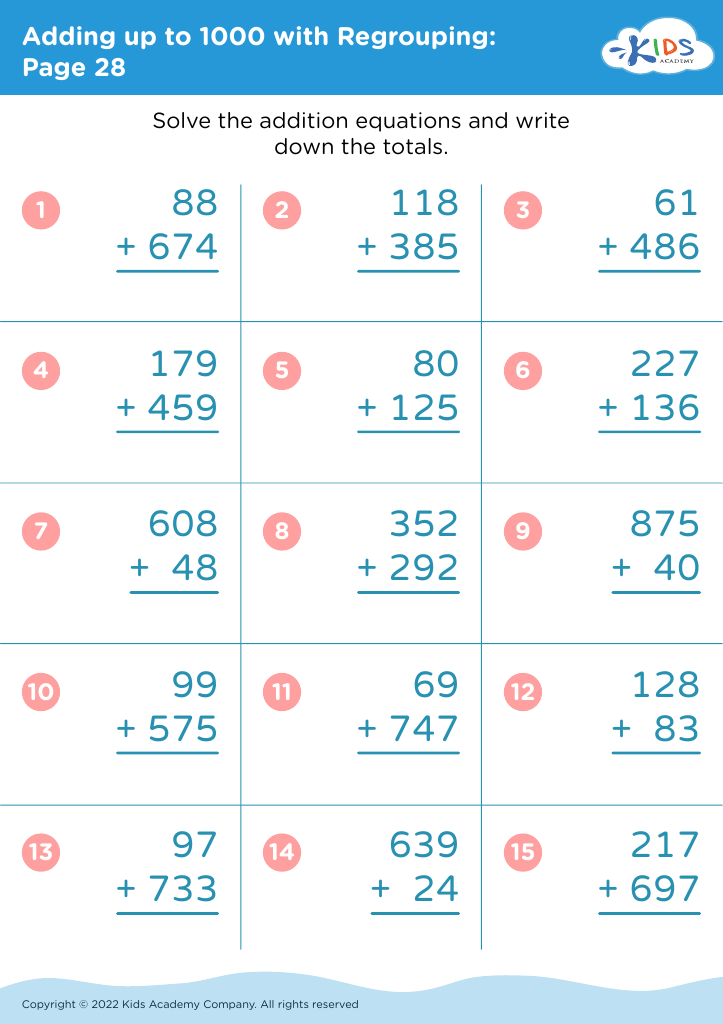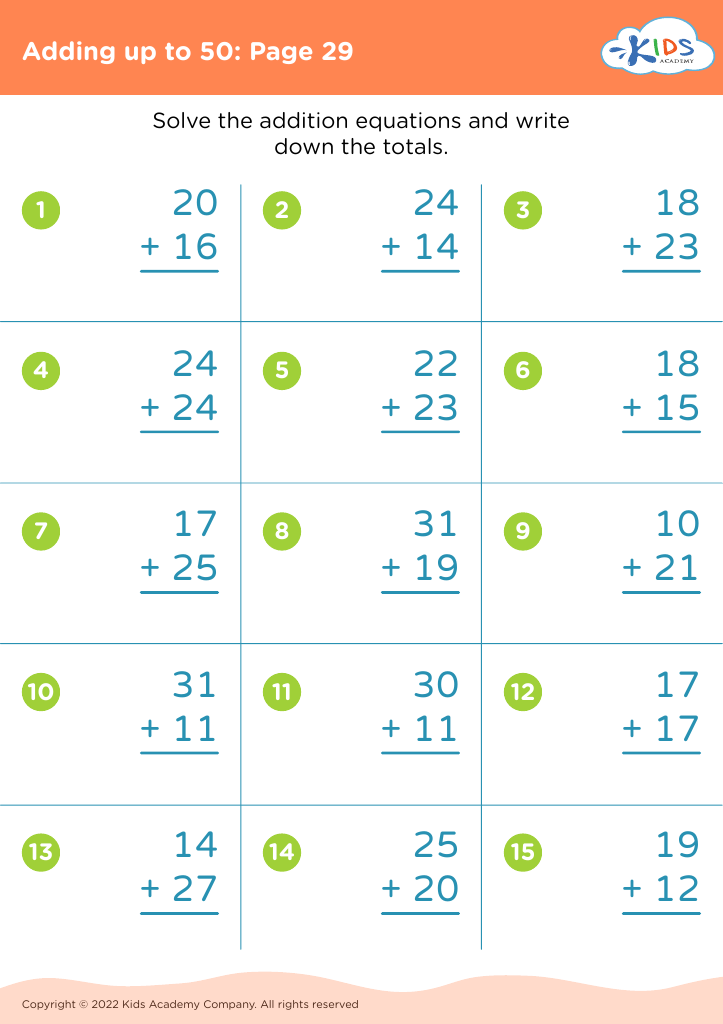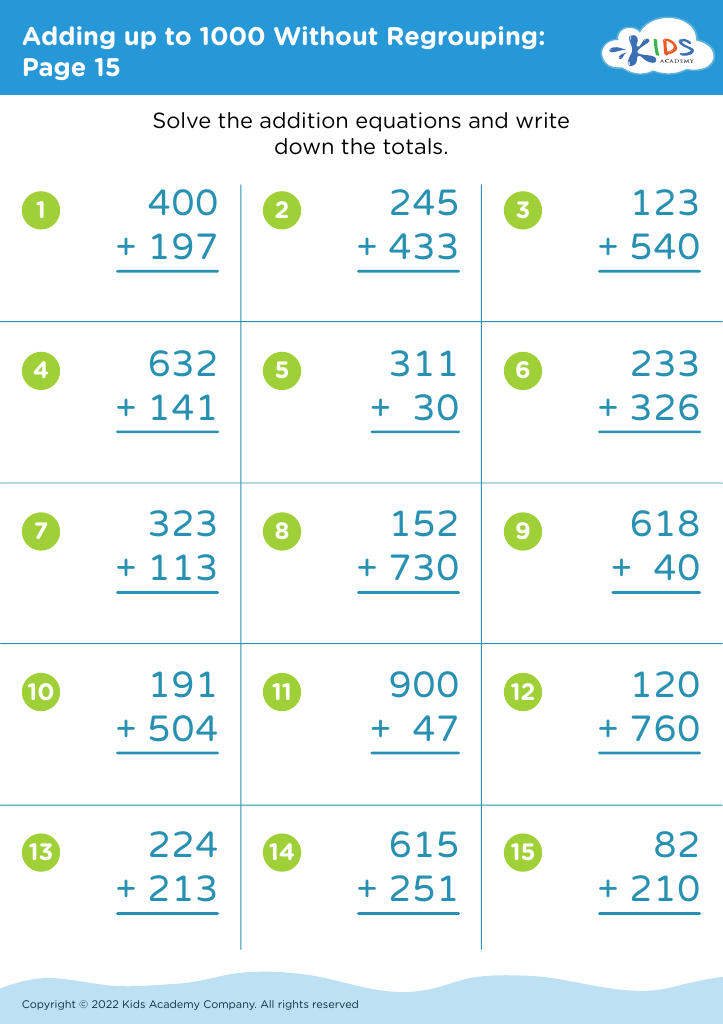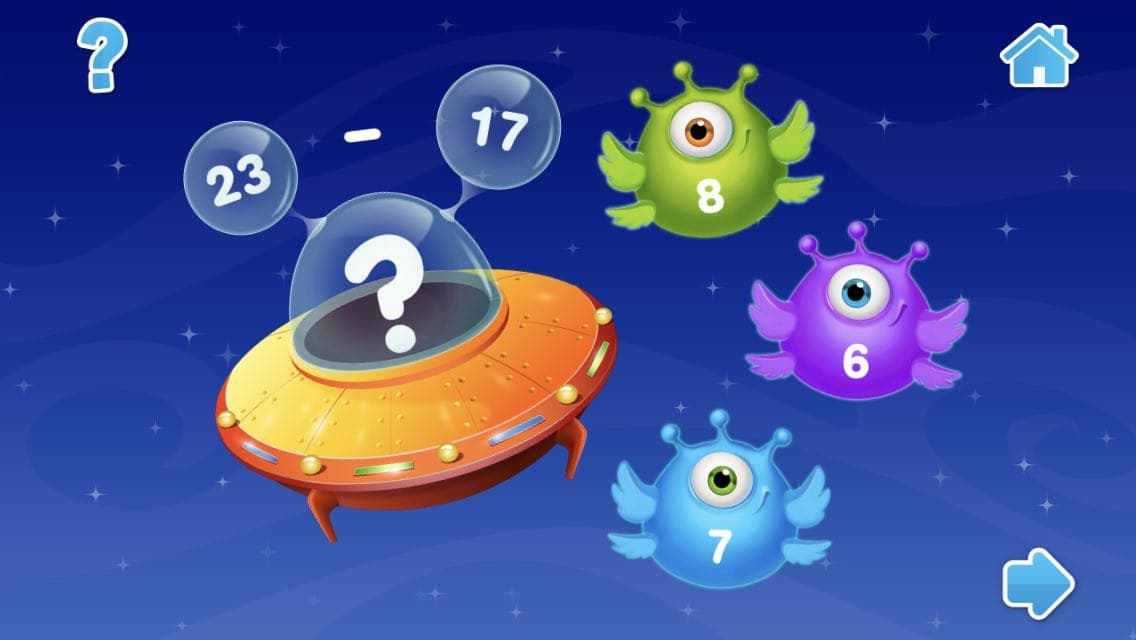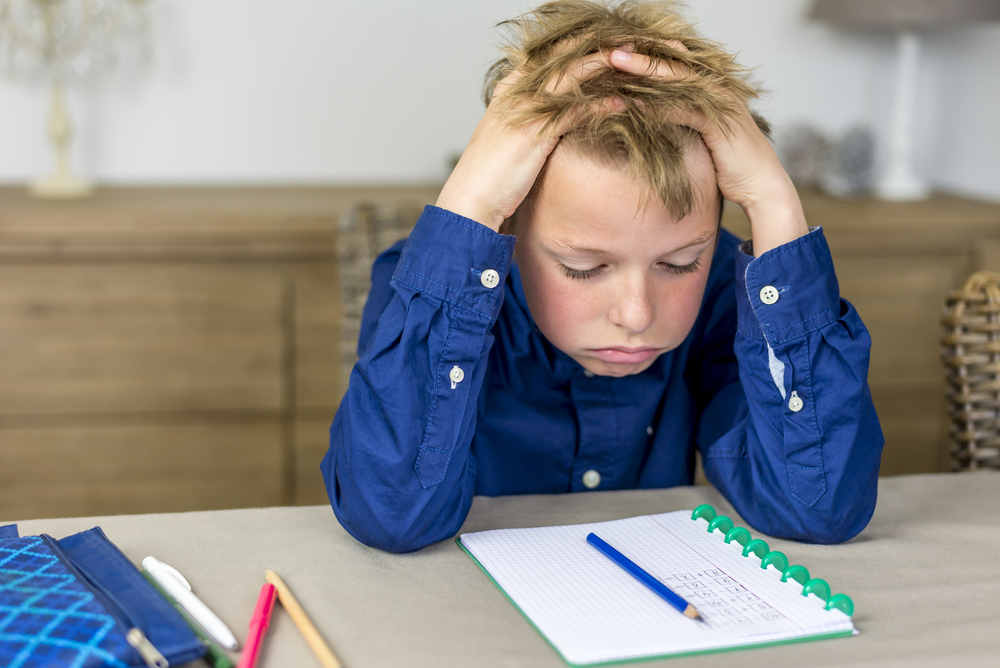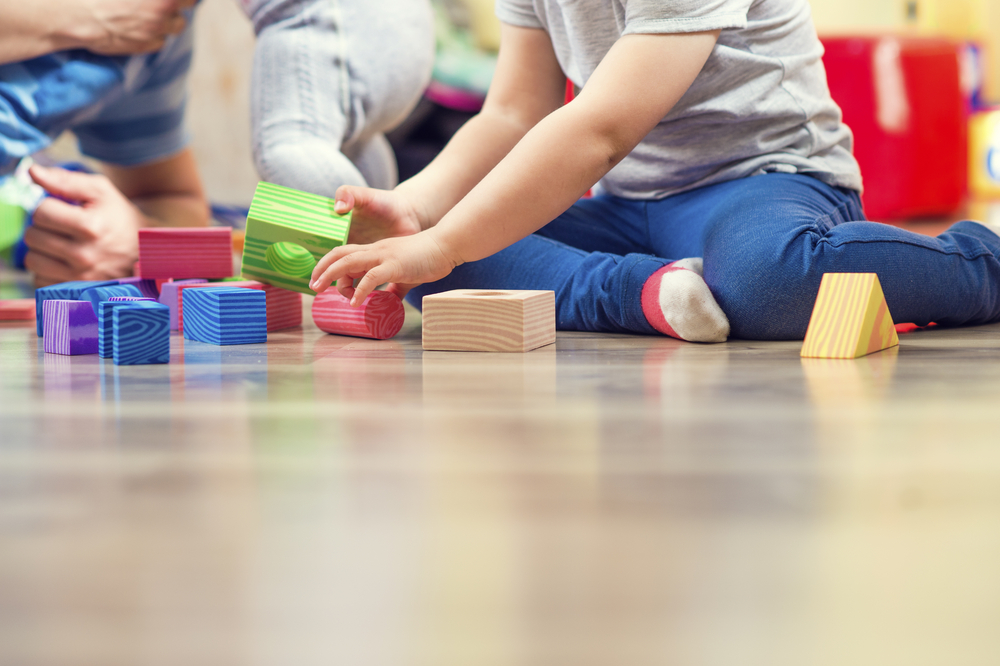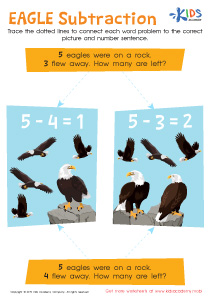Fraction Addition Addition Worksheets for Ages 3-9
14 filtered results
-
From - To
Explore our Fraction Addition Worksheets designed specifically for kids ages 3-9! These engaging worksheets help young learners grasp the concept of adding fractions through fun exercises and colorful visuals. Each worksheet provides step-by-step guidance to make learning easy and enjoyable, fostering a solid mathematical foundation. Perfect for at-home practice or as a classroom resource, our fraction addition activities cater to diverse learning styles and paces. Boost your child's confidence in math while helping them develop critical thinking and problem-solving skills. Download now and watch your child's fraction addition skills soar with Kids Academy!
Understanding fraction addition at an early age lays a strong mathematical foundation for future learning. For children aged 3-9, mastering this concept can enhance their cognitive development, problem-solving abilities, and critical thinking skills. While it may seem advanced, introducing fraction addition through simple, hands-on activities and visual aids can make learning fun and accessible.
For example, teachers and parents can use everyday items like pizza slices, apples, or LEGO pieces to visually demonstrate how fractions can be combined. This concrete representation helps children grasp abstract mathematical ideas more easily. By engaging with basic fraction addition, children also improve their numerical fluency and are better prepared for the more complex operations they will face in later grades, such as multiplication and division of fractions.
Moreover, learning fraction addition helps in real-life scenarios, like cooking and sharing, enabling children to realize the practical importance of math. It builds their confidence and encourages a positive attitude towards mathematics, which is crucial for their academic journey.
For teachers, focusing on fraction addition enhances their instructional strategies and ensures they address different learning styles. For parents, it provides an opportunity to bond with their children over educational activities, fostering an environment that values continuous learning.
